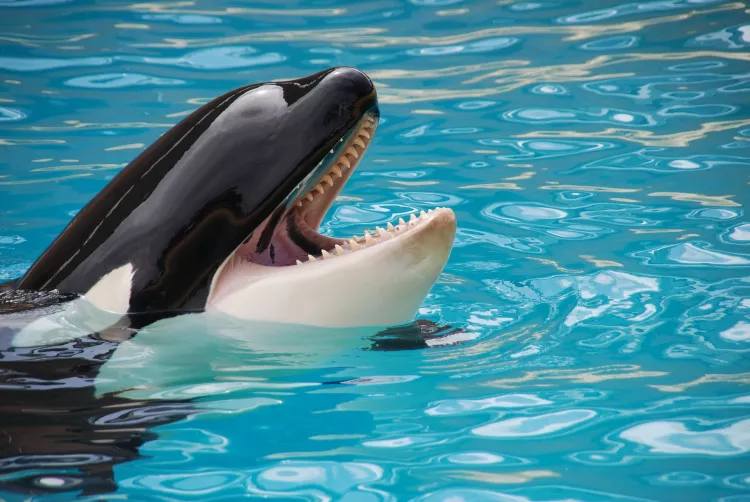Sanctuary for retired cetaceans launched
The Whale Sanctuary Project is creating a seaside sanctuary where cetaceans – whales, dolphins, and porpoises – retired by entertainment facilities can live permanently in an environment as close to their natural habitat as possible and with full support for their well-being.
The planned sanctuary will primarily serve orcas, belugas and dolphins endemic to colder waters who are retired from entertainment facilities, and injured or ill animals rescued from the ocean. Rescued animals may be rehabilitated and returned to the wild, but those retired from the entertainment industry, who have never known life in the wild, are considered unlikely candidates for release and so would be given lifetime care. The sanctuary would be open to the public on a regularly scheduled basis, in a manner that avoids disturbing the animals, and would offer comprehensive conservation and education programs.
Expert team
The Whale Sanctuary Project had its origins at a meeting at the University of British Columbia in Vancouver in August 2015. The new non-profit fields a team of experts in marine mammal science and behaviour, veterinary medicine, husbandry, engineering, law and policy, to lay the groundwork for the creation of permanent cetacean sanctuaries. This all-star team is tasked with producing a viable plan for construction and management of a North American sanctuary, and to select the most suitable location to ensure a better future for captive cetaceans.
The new non-profit organization is headed by Dr Lori Marino, executive director of The Kimmela Center for Animal Advocacy; Dr Naomi Rose, marine mammal scientist for the Animal Welfare Institute; and David Phillips, co-founder and executive director of Earth Island Institute and director of the International Marine Mammal Project.
The next stage of the project is to begin an extensive site search that would narrow possible locations to three or four sites that would need detailed, on-site inspection; and to draw up a strategic plan for the building of the sanctuary, for the transport and continuing care of the first residents, and for the funding necessary to enable all of this.
- Log in to post comments




























